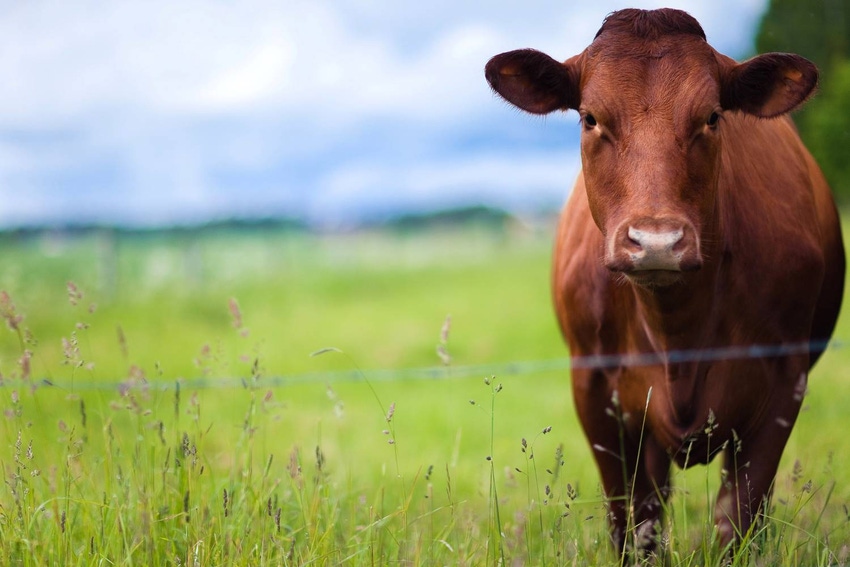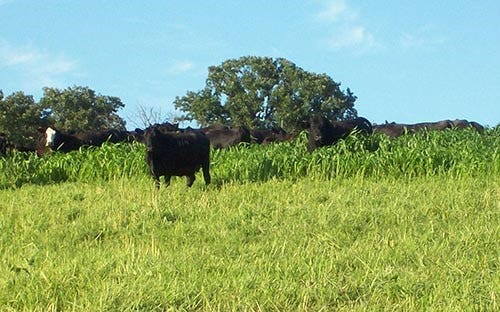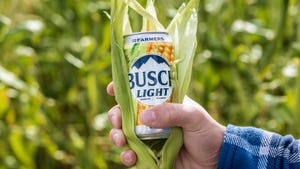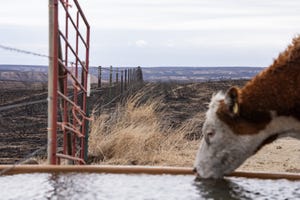Summer annuals could hit the spot for your grazing plans
An intensive grazing system may hold more benefits than just grazing.
June 13, 2022

Summer annual forages such as sorghums, sudangrass and millets, typically require at least 60-degree soil temperatures to germinate, require less water than most other forages, and grow well through the heat of the summer. This makes them an ideal crop to provide additional grazing forage during our traditional summer slump or additional stored forages. They work well seeded behind winter annuals like winter wheat or cereal rye, or spring annuals like oats. They can be seeded as late as early July provided there is adequate moisture for germination, but for maximum forage yields are usually seeded in early June.
Which species to use depends on the harvest method planned. If needed for stored winter feed forage sorghum is likely the best choice. It tends to produce the highest forage yield, similar to corn silage, and is best suited for a single harvest chopping system. It will NOT work as a hay crop due to the stalk thickness and difficulty to dry down, and typically has too much grazing loss to work well in grazing situations.
Other varieties like hybrid sorghumXsudangrass, sudangrass and pearl millet tend to work better in multiple harvest situations, such as chopping, grazing or possibly baleage. Be sure to wait until the sorghumXsudangrass is at least 24” tall or the sudangrass is at least 18” tall before grazing to reduce the risk of prussic acid poisoning and leave at least 8-10” of residue to ensure optimum regrowth. Iowa research has shown two-cutting yields of 2-3 tons of dry matter on southern Iowa soils and 3-5 tons of dry matter on northern Iowa soils. We don’t recommend dry hay because it is very difficult to get the thick, dense stalks dry enough in the Iowa climate for quality dry hay.

An intensive rotational grazing system for multiple harvests to optimize regrowth, or a strip grazing system for a single harvest to optimize grazing efficiency are the recommended harvest methods when grazing. If allowed to stockpile until after a killing freeze, these annuals can also be winter grazed or swath grazed, providing grazable forage into the late winter season, though some supplementation will be warranted.
Japanese millet has also been successfully grown in Iowa research plots but resulted in poorer yields, appearing to need more frequent grazing or mowing and shorter residue heights to maintain a vegetative state. It may be a better fit for rotational grazing systems than mechanical harvesting, and can be rotated through several times during the summer. One advantage to all the millets is the lack of prussic acid concerns present in the sorghum family.
Not sure about planting summer annuals for the first time? Check out the summer annual field days being held later this summer.
Source: Iowa State University, which is solely responsible for the information provided and is wholly owned by the source. Informa Business Media and all its subsidiaries are not responsible for any of the content contained in this information asset.
You May Also Like

.png?width=300&auto=webp&quality=80&disable=upscale)

